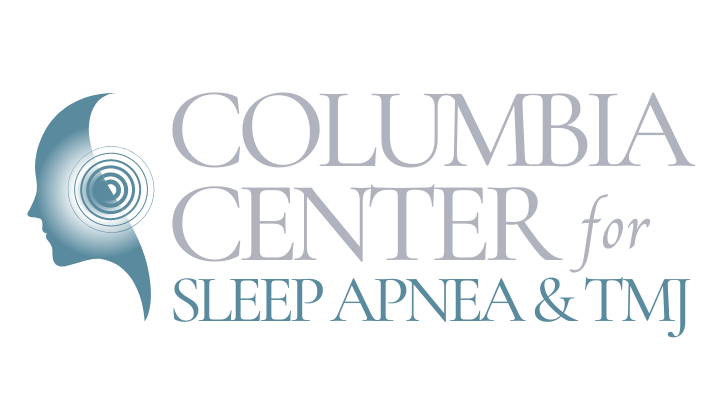DIAGNOSING MIGRAINE HEADACHE IN RICHLAND
In diagnosing headache types, a complete and accurate history of symptoms and characteristics of the headache is helpful. Patients are often asked to keep a “Headache Diary” to track information for what may be contributing to or “triggering” the headache.
A doctor may ask for information about how the headache feels and characteristics of the headaches, including:
- Describe the type of pain and where it is located.
- What is the severity of the pain on a scale of 1 to 10?
- How long does the pain last?
- How often do headaches occur?
- Have you noticed a trigger, such as situations, food, activities or medicines preempting the headache?
- What symptoms occur along with the headache, such as sensitivity to light and/or sound, nausea, or weakness?
- Does anyone else in your family have headaches?
- When did you first experience this type of headache?
- Do you experience headaches that feel different, or do you have different types of headaches?
In diagnosing a headache patient, a physical or neurological examination may also be conducted to find signs of an underlying cause, such as:
- Trouble with balance
- Vision abnormalities
- High blood pressure
- Fatigue or muscle weakness
- Injuries or head trauma
- Infections
- Malformation
- Tumor
- Hemorrhage
There are multiple types of headaches and many possible headache causes. Most headache patients will not require an array of extensive diagnostic testing prior to establishing a treatment plan.
To aid the doctor in the diagnosis of headaches and to rule out or confirm possible causes sometimes diagnostic tests such as an MRI are used.


